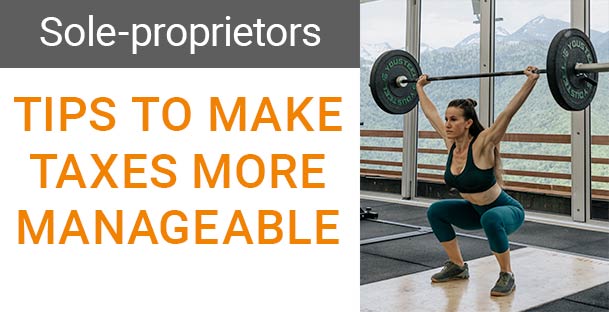
Important dates for CEBA loan holders:
December 31, 2023
This marks the deadline for full repayment for businesses ineligible for loan forgiveness. Note: The January 18, 2024, extension mentioned later does not apply to this category of borrowers.
January 18, 2024
This date signifies the deadline for repayment to qualify for an interest-free grace period and partial loan forgiveness. Borrowers can also apply to refinance the loan for the extension until March 28, 2024. Financial institutions will reach out to confirm eligibility for this repayment extension in the forthcoming months.
March 28, 2024
Borrowers who applied for loan refinancing by January 18, 2024, have until this date to repay the loan (minus the potential forgiven amount) and interest in full to qualify for partial loan forgiveness. The forgiveness can amount to up to 33 percent, with a maximum forgiveness cap of $20,000.
December 31, 2026
This marks the final repayment deadline for all outstanding CEBA loans, inclusive of applicable interest. Note: The term loans incur an interest rate of 5 percent per annum, with varying interest payment frequencies depending on the financial institution.
Canada Digital Adoption Program (CDAP)
This grant helps Canadian businesses to go online and build online businesses. The grant can cover costs like developing websites, optimizing search engines, social media adverting, and etc.
Eligibility:
- Annual revenue of at least $500,000 for any of the previous 3 tax years
- Have at least 1 employee
- The form of the business is a corporation or a sole-proprietor
- The business is for profit
Grant:
- Receive funding of up to $15,000 to create a Digital Adoption Plan.
- Access an interest-free loan of up to $100,000 from the Business Development Bank of Canada (BDC) to execute your plan.
- Obtain up to $7,300 to recruit a proficient young individual to implement cutting-edge technologies that can drive your business ahead.
Learn more about the Canada Digital Adoption Program.
Small Business Loan – BDC
This year poses significant challenges for business proprietors, grappling with the repayment of CEBA loans alongside contending with soaring inflation rates. To alleviate this burden, the Business Development Bank of Canada (BDC) has introduced a $100,000 loan tailored for businesses that have incorporated for more than two years. Apparently, the application process is cost-free and conveniently available online. Notably, the approval odds are notably high. However, it’s important to note that acquiring this loan may require up to 40-50 days, potentially creating a time constraint for those seeking funds for CEBA repayment.
For more details regarding this loan or other loans with BDC, please visit the BDC website
Or reach out to the senior account manager with BDC:
George Lu (He/Him)
Directeur principal | Senior Account Manager
T 403-292-5846 C 403-390-7994 F 403-292-6651
If you’re a CEBA loan holder, pay close attention to the upcoming dates. If you have any questions, please reach out and book an appointment with our team.


